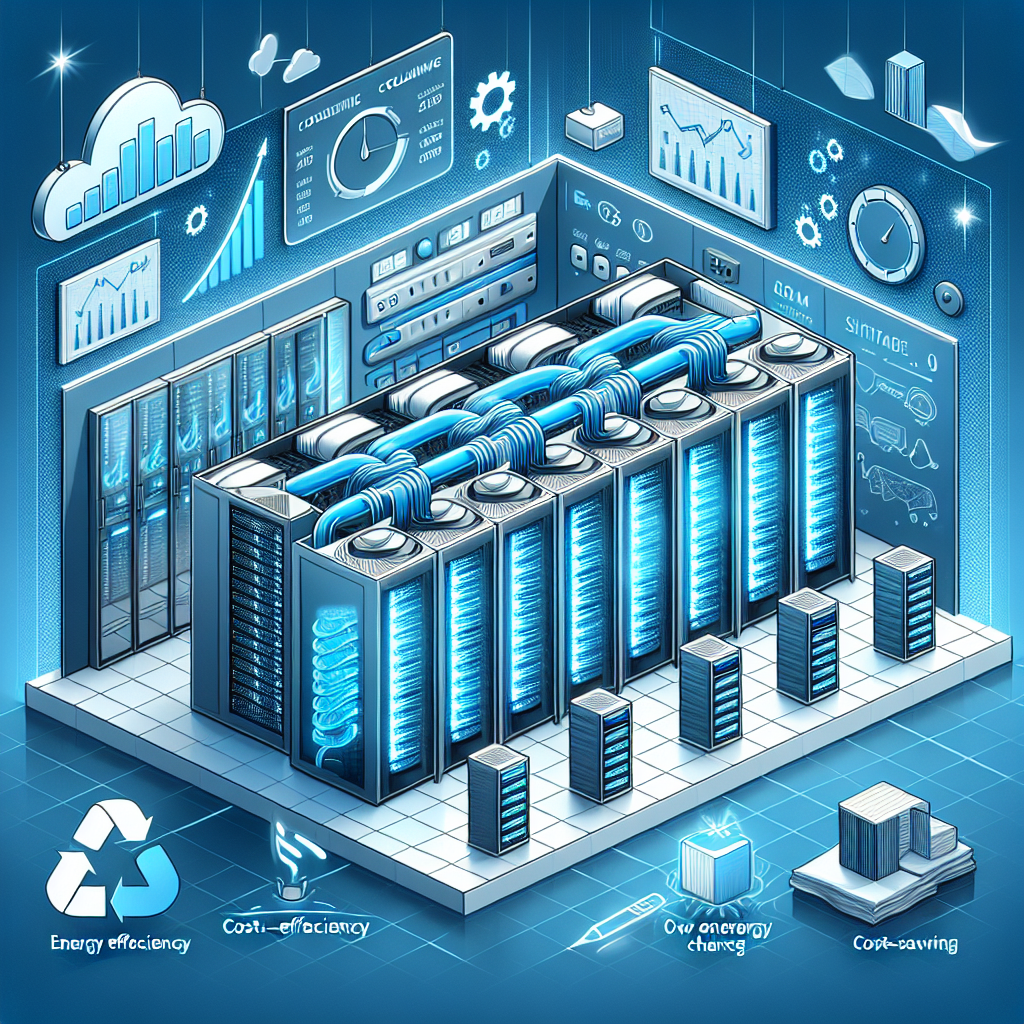Your cart is currently empty!
How to Design a Cost-Effective Data Center Cooling Strategy

As technology continues to evolve, the demand for data centers is on the rise. These facilities house a large number of servers and other equipment that generate a significant amount of heat. In order to keep these systems running smoothly and prevent overheating, it is crucial to have a reliable cooling strategy in place. However, cooling a data center can be a costly endeavor, so designing a cost-effective cooling strategy is essential.
There are several factors to consider when designing a cost-effective data center cooling strategy. One of the first steps is to assess the layout and airflow of the data center. Proper airflow management is crucial for efficient cooling, as it helps to distribute cool air to where it is needed most and remove hot air from the facility. By optimizing airflow, data center operators can reduce the need for additional cooling equipment and save on energy costs.
Another key factor to consider is the use of containment systems. Hot aisle/cold aisle containment is a popular method for separating hot and cold air streams in a data center. By containing the hot air exhaust from servers and directing it back to the cooling units, operators can improve efficiency and reduce cooling costs. In addition, using blanking panels and sealing gaps in the data center can also help to prevent hot air recirculation and improve cooling efficiency.
Utilizing energy-efficient cooling equipment is another important aspect of designing a cost-effective cooling strategy. Investing in equipment with high energy efficiency ratings, such as variable speed fans and economizers, can help to reduce energy consumption and lower cooling costs. Additionally, implementing a temperature monitoring system can help data center operators to identify areas of inefficiency and make adjustments as needed to optimize cooling performance.
Regular maintenance and monitoring of cooling equipment is also essential for ensuring optimal performance and efficiency. By keeping equipment clean and well-maintained, data center operators can prevent breakdowns and extend the lifespan of their cooling systems. Monitoring temperature and humidity levels in the data center can also help operators to identify potential issues before they become serious problems, allowing for proactive maintenance and cost savings.
In conclusion, designing a cost-effective data center cooling strategy requires careful planning and consideration of various factors. By optimizing airflow, using containment systems, investing in energy-efficient equipment, and implementing regular maintenance and monitoring practices, data center operators can effectively reduce cooling costs while ensuring the reliable operation of their facilities. With the increasing demand for data centers, implementing a cost-effective cooling strategy is more important than ever to ensure the sustainability and efficiency of these critical facilities.

Leave a Reply